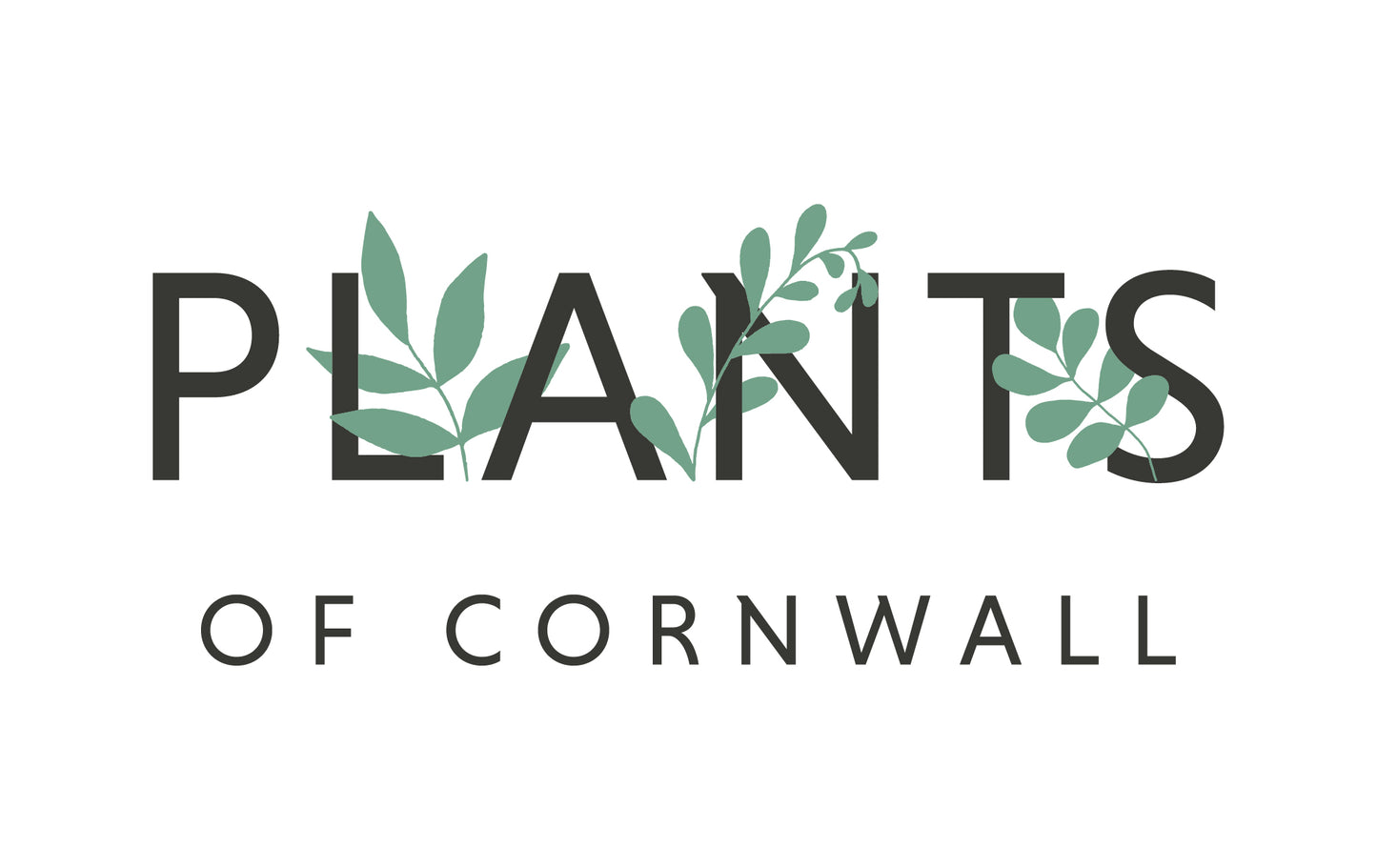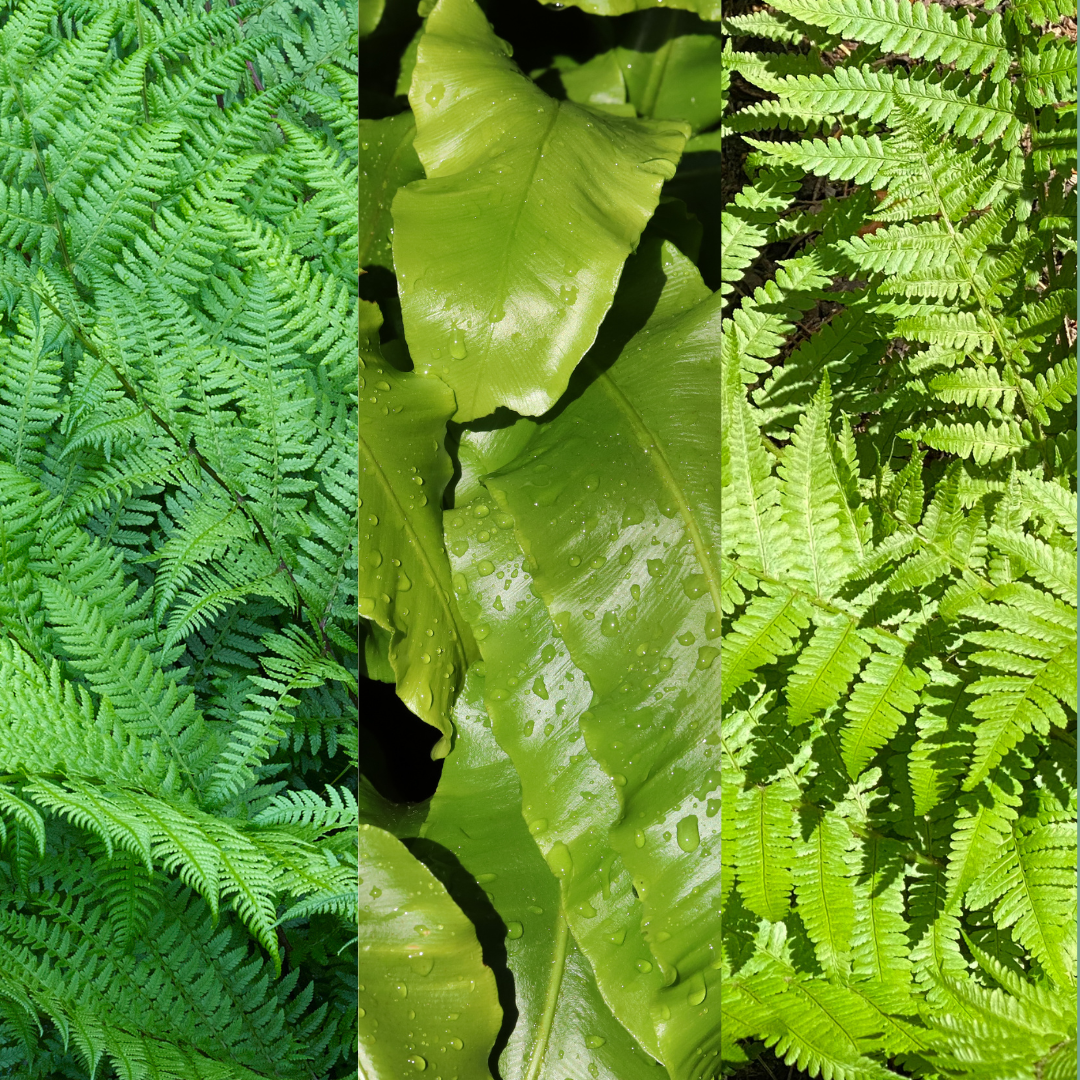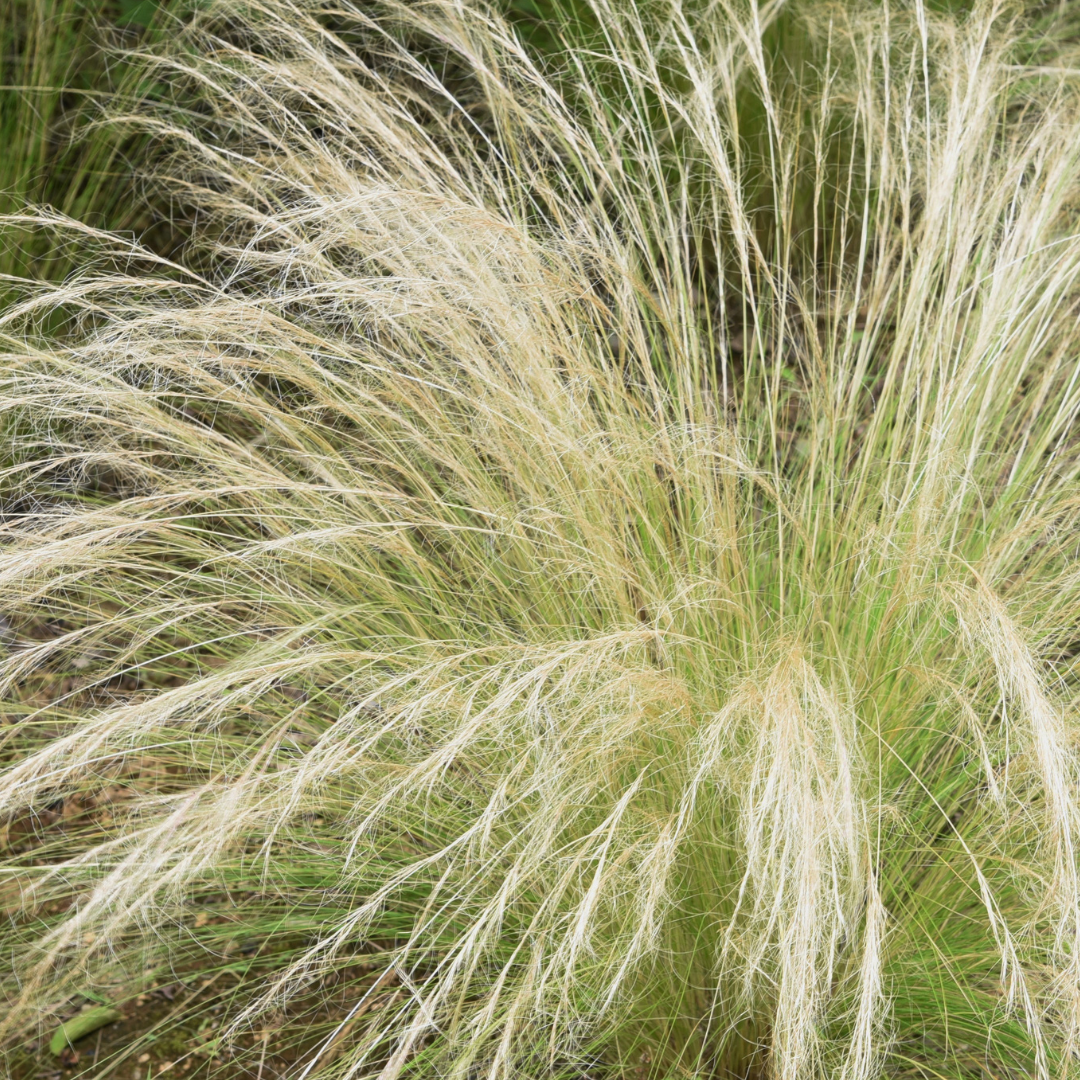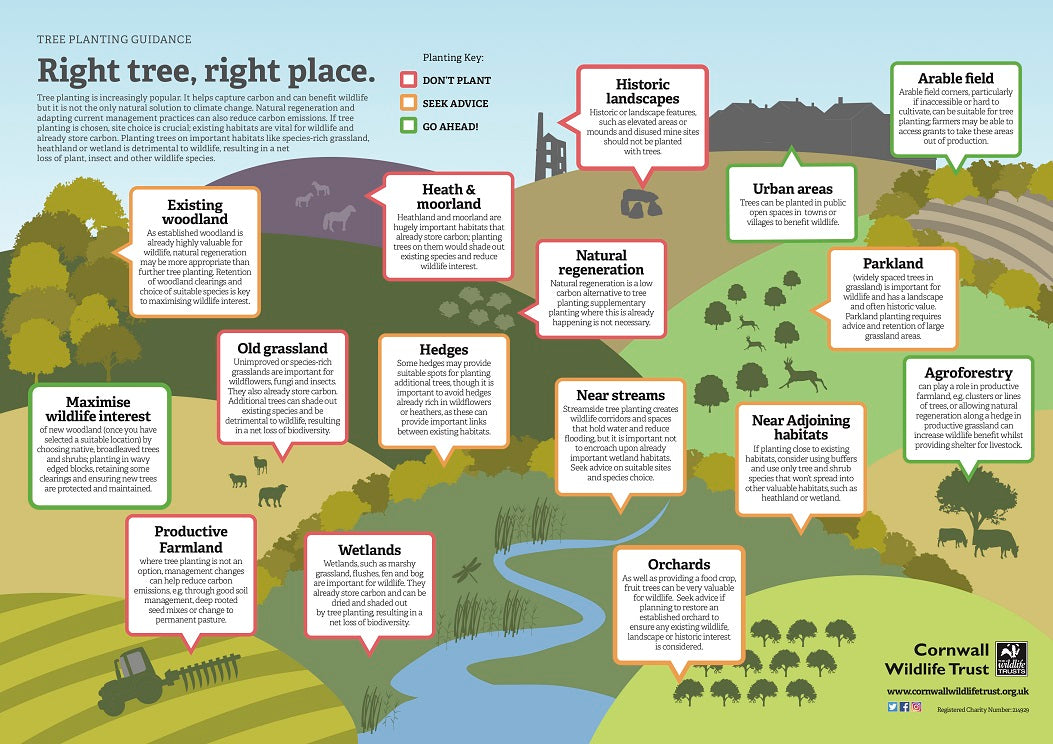← Older post Newer post →
Planting trees and protecting our environment with Cornwall Wildlife Trust
t comes as no surprise that trees are the foundation of our ecosystems producing nearly 260 pounds of oxygen each year, giving life and a home to wildlife, not to mention the positive impact they have on our well-being. Through tree planting, we can help sustain the vital role trees play within the environment and tackle climate change. With the discourse surrounding protecting our environment expanding, it only made sense to speak to ecologist Liz Cox of Cornwall Wildlife Trust, an organisation dedicated to making Cornwall a greener place. Find out how to take action, planting trees responsibly, perhaps using your own outdoor space!
1. Why is it important to plant more trees?
Trees are great for wildlife for a whole range of reasons, many of them like willow and hazel provide an early source of nectar for pollinating insects like bees when nothing else is yet flowering, blossom provides food for many insects and garden birds like bullfinches, and of course trees and shrubs provide shelter and nesting habitat for all manner of insects and birds. Planting trees can help also in the fight against climate change as they have the ability to draw down and capture carbon. It is really important though to think carefully about where to plant trees, in Cornwall we are lucky enough to have a number of fantastic habitats for wildlife already; planting trees on important habitats like species-rich grassland,
heathland or wetland can be detrimental to the wildlife that already uses these special places, to find out more check out our Right Tree, Right Place guidance or watch our video: https://www.youtube.com/watch?v=VheNlMmsqeA
2. Can we make a difference by planting trees in our own outdoor spaces?
Absolutely! Even just planting one or two trees or shrubs in your garden helps increase its interest for wildlife, a single tree can support many species of insect, in turn providing food for all the other wildlife that feeds on them such as bats, birds, frogs and hedgehogs to name but a few. Other animals like voles and badgers will also feed on nuts and berries produced by your tree or shrub.
3. What are the advantages of planting native trees rather than purely ornamental trees?
Our wildlife, in particular insects have co-evolved to feed on our native trees meaning they are often better adapted to thriving with native species, rather than exotic species they haven’t encountered before. One example of this is rhododendron which none of our native species feed on but which can spread rapidly in our woodlands and heathlands reducing their wildlife value by taking over from our native plants. Having said that there are plenty of ornamental trees that have wildlife value too, but it is important to ensure they are kept in gardens and not allowed to spread into the countryside.
4. In what other ways can we encourage wildlife in our gardens?
Diversity breeds diversity, so encouraging a range of micro-habitats in your garden is a great way to draw wildlife in. If you have space think about some longer areas of tussocky grassland, some shady damp, scrubby areas, some bits of shorter turf.
Another great way to draw in wildlife is make a pond, even the smallest amount of water can become a feeding ground for birds, hedgehogs and bats – the best natural garden pest controllers! Your pond needn’t be big. A washing-up bowl, a large plant pot, or a disused sink could all be repurposed as ponds, providing you make sure creatures can get in and out: https://www.cornwallwildlifetrust.org.uk/actions/how-create-mini-pond
"Even just planting one or two trees or shrubs in your garden helps increase its interest for wildlife"
5. Can you tell us about Cornwall Wildlife Trust and some of the tree planting initiatives going on in Cornwall currently?
This planting season through Upstream Thinking (a land and farm advisory project) we have:
• Planted 5600 trees across 10 different farms bringing benefits for wildlife, water quality
and people
• Created 2.6 ha of new woodland, 322m stream corridor planting, and 615m new hedges
across our UST catchments
• Held 10 tree planting events with our wonderful volunteers
• Planted 17 different species of trees and shrubs including sessile oak, hawthorn, wild
cherry, goat willow, hazel, crab apple, alder and downy birch
6. How can people get involved locally?
Check out our website for opportunities to volunteer and get involved in all sorts of practical conservation tasks including tree planting: https://www.cornwallwildlifetrust.org.uk/volunteer?gclid=EAIaIQobChMI3eLZhc-T9gIV2u3tCh3kLgTUEAAYASAAEgLrBfD_BwE
Find a variety of native tree species in our Tree Planting Kits! And be sure to check out more of Cornwall Wildlife Trust's important work.



